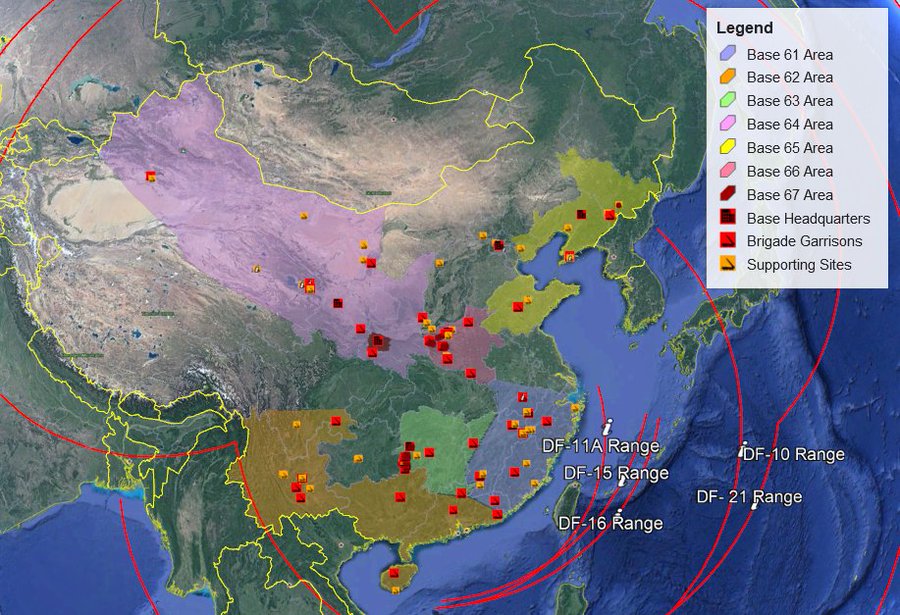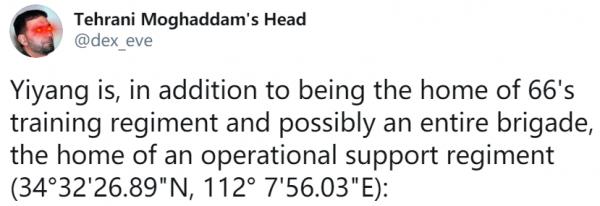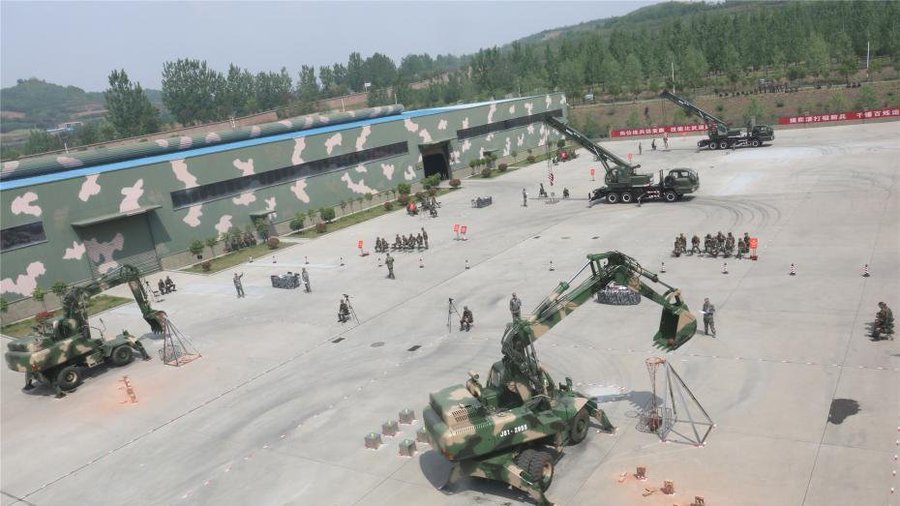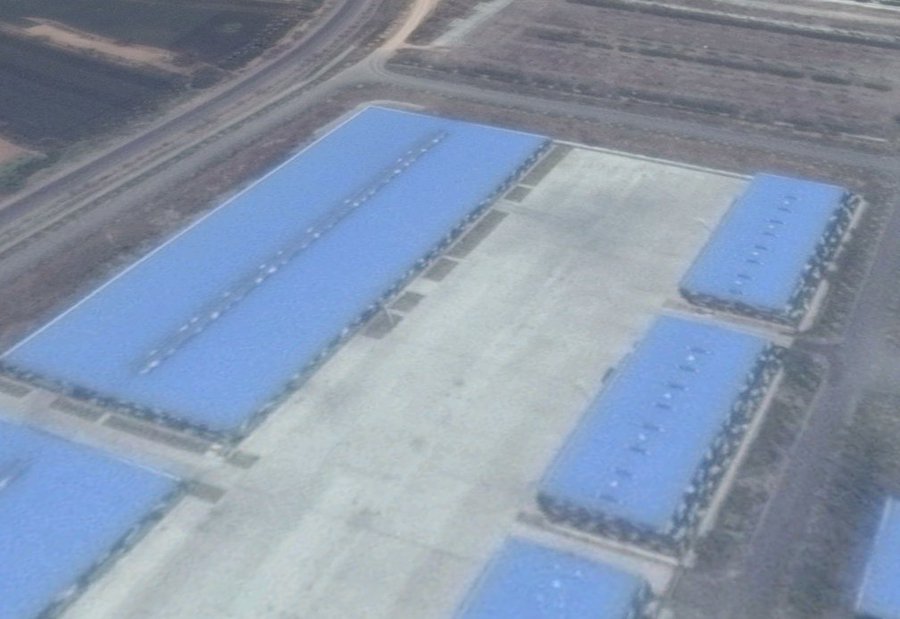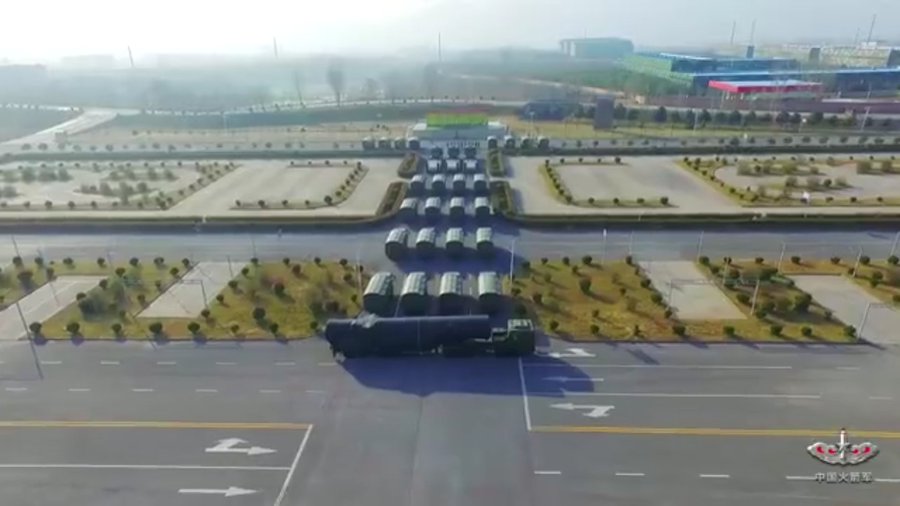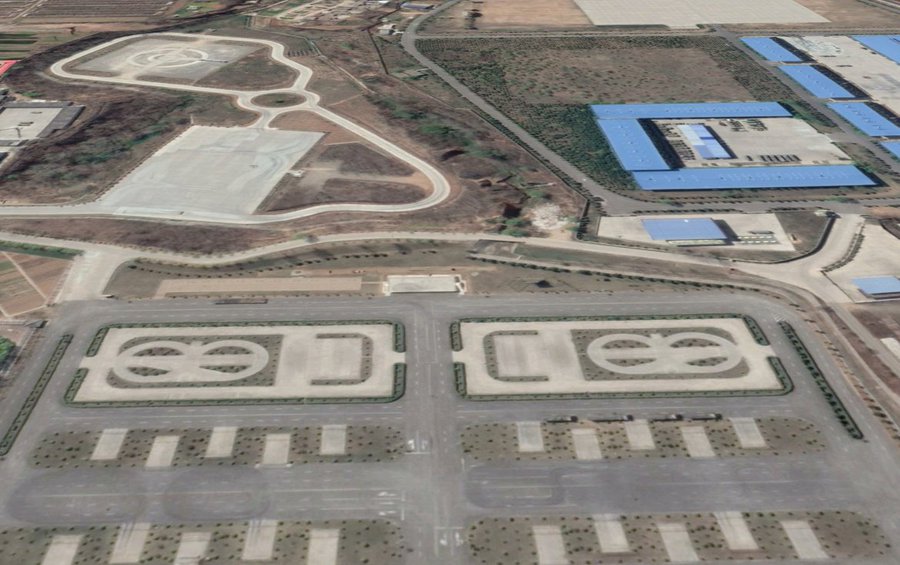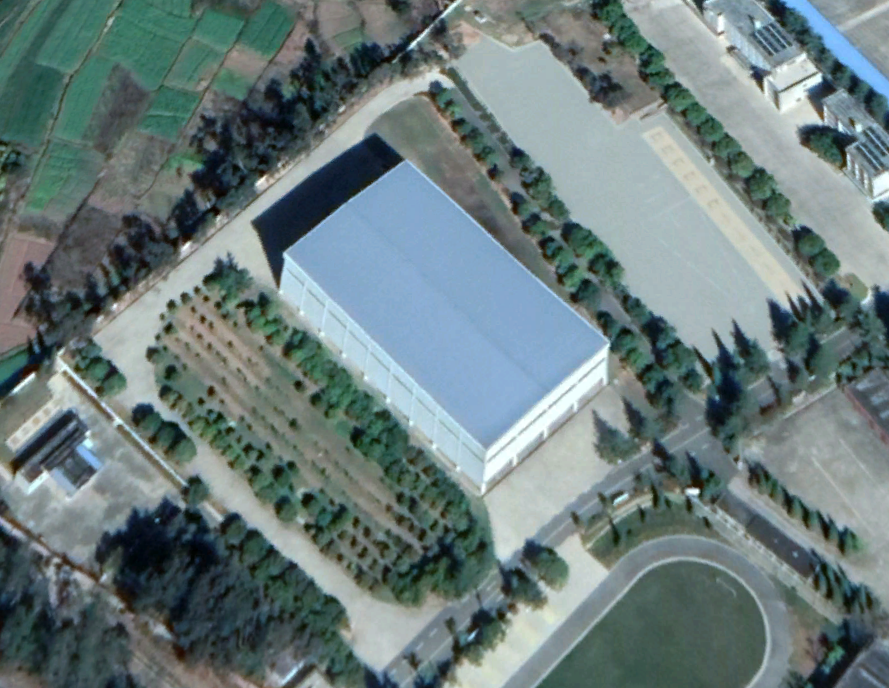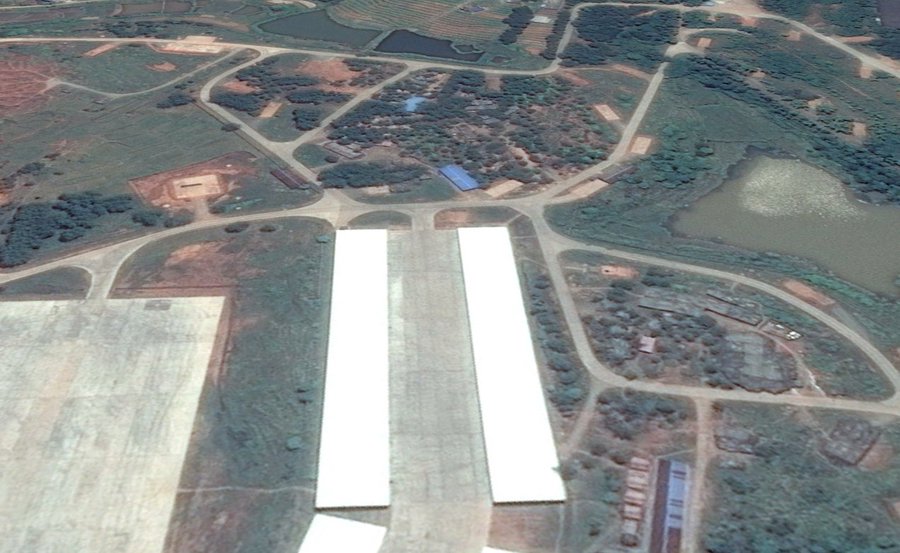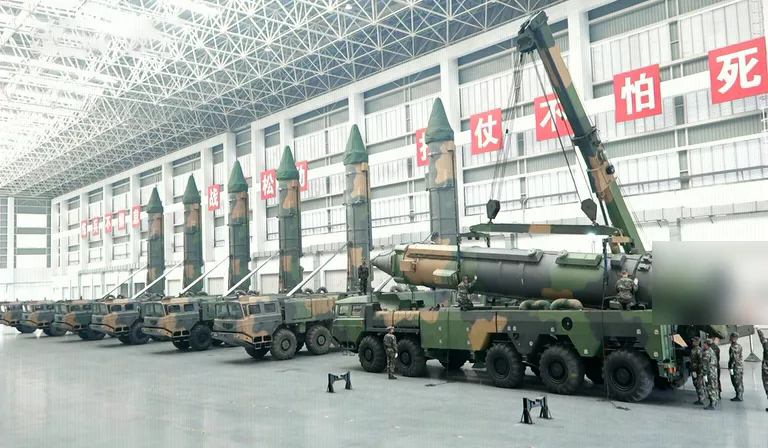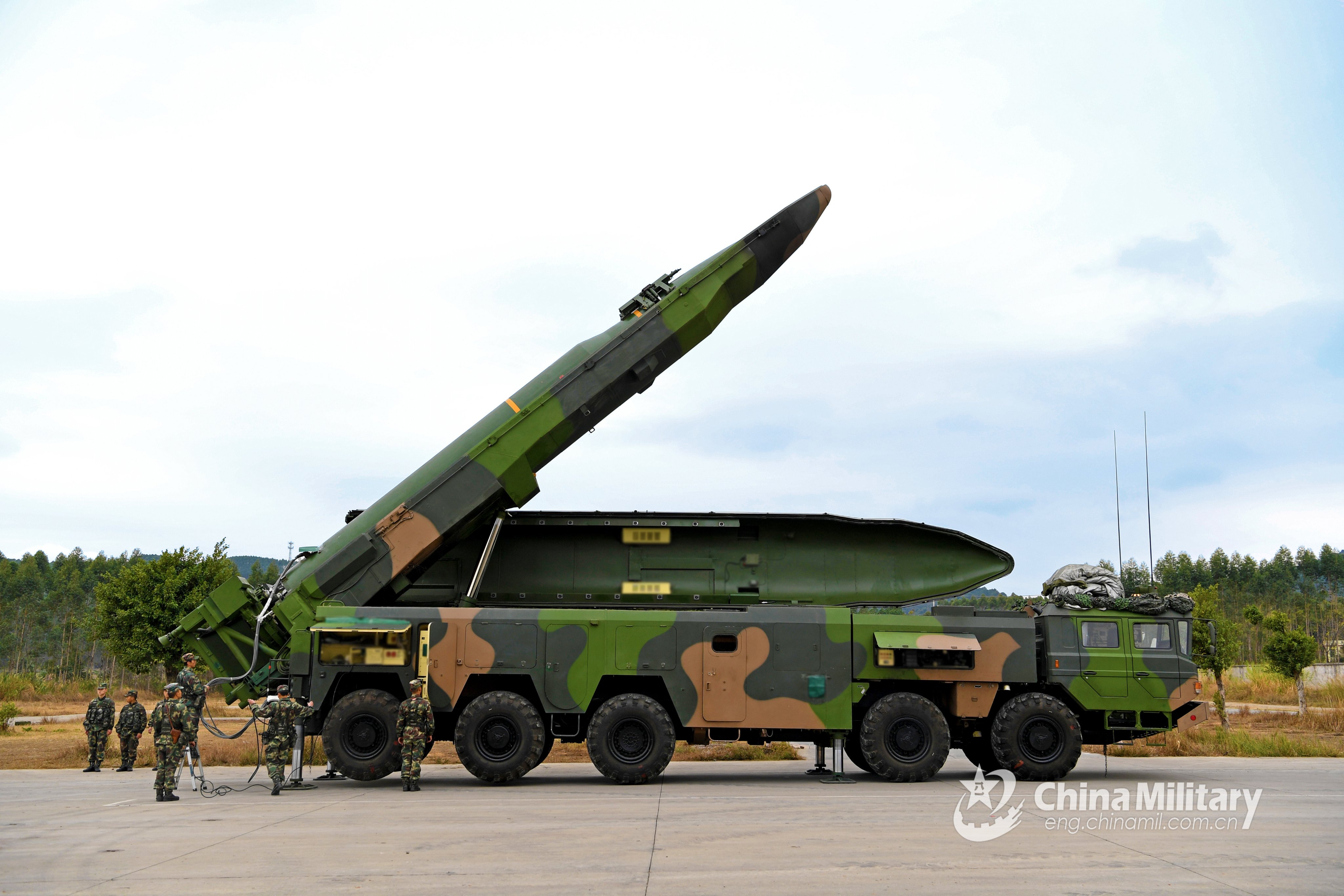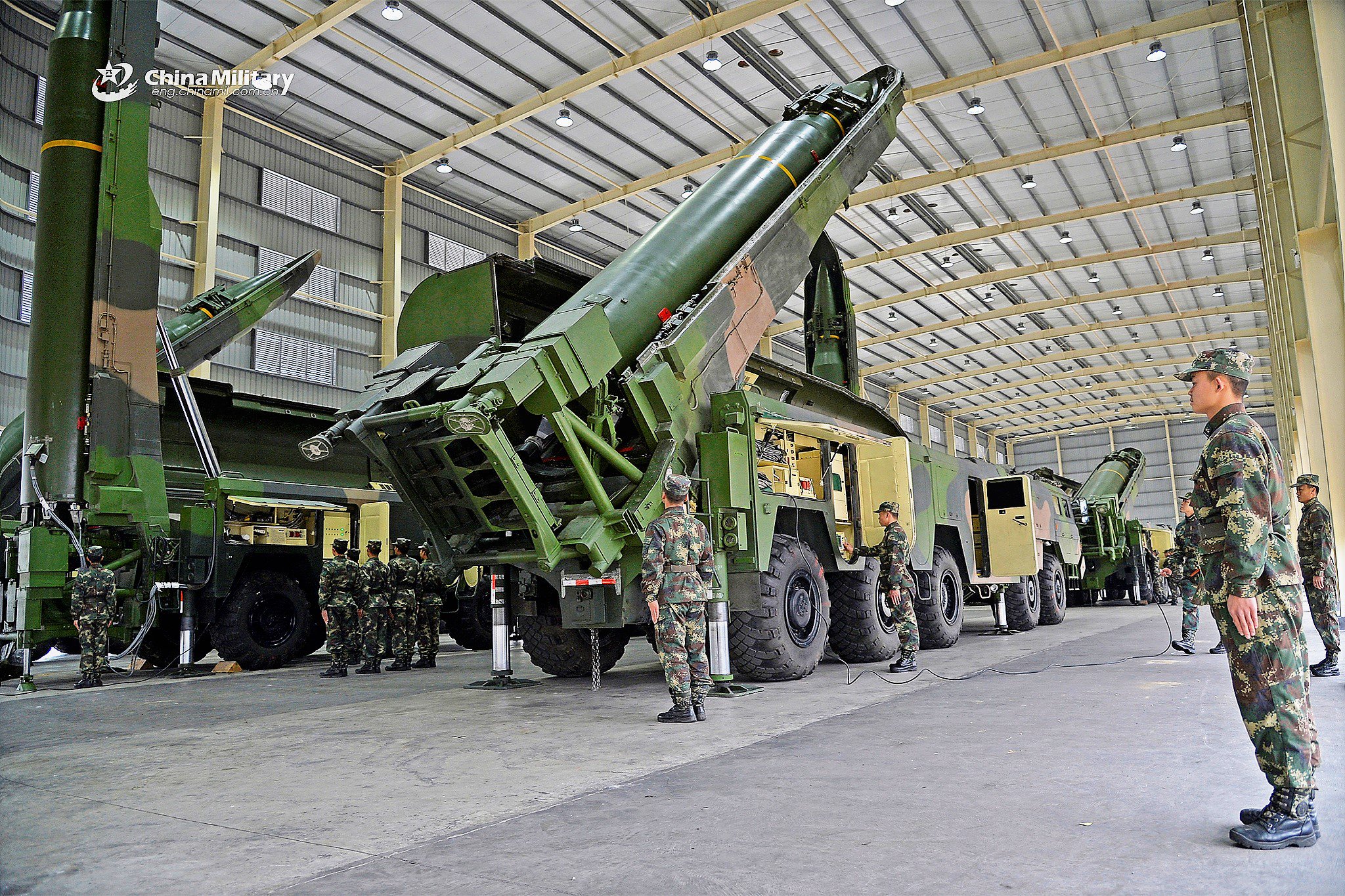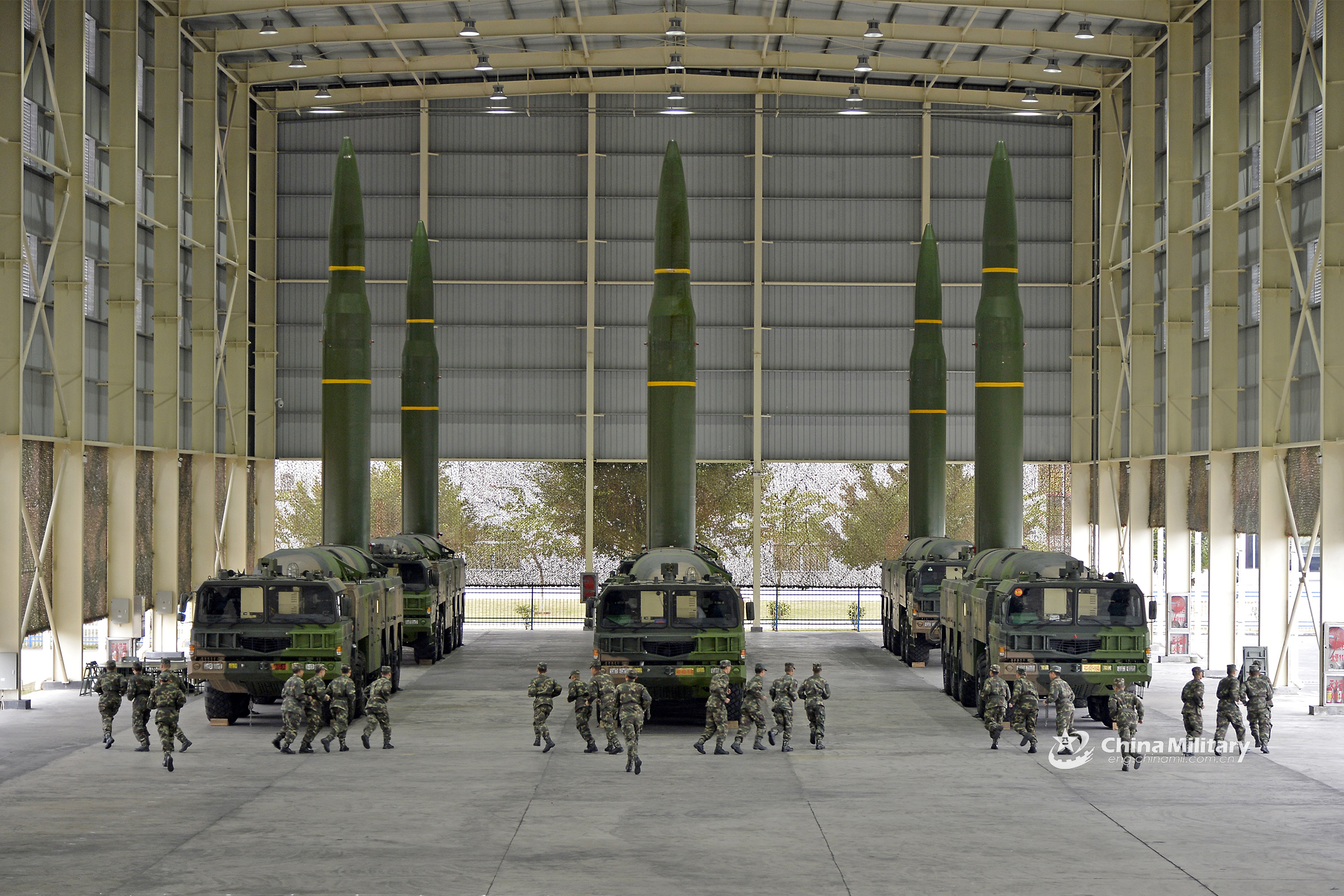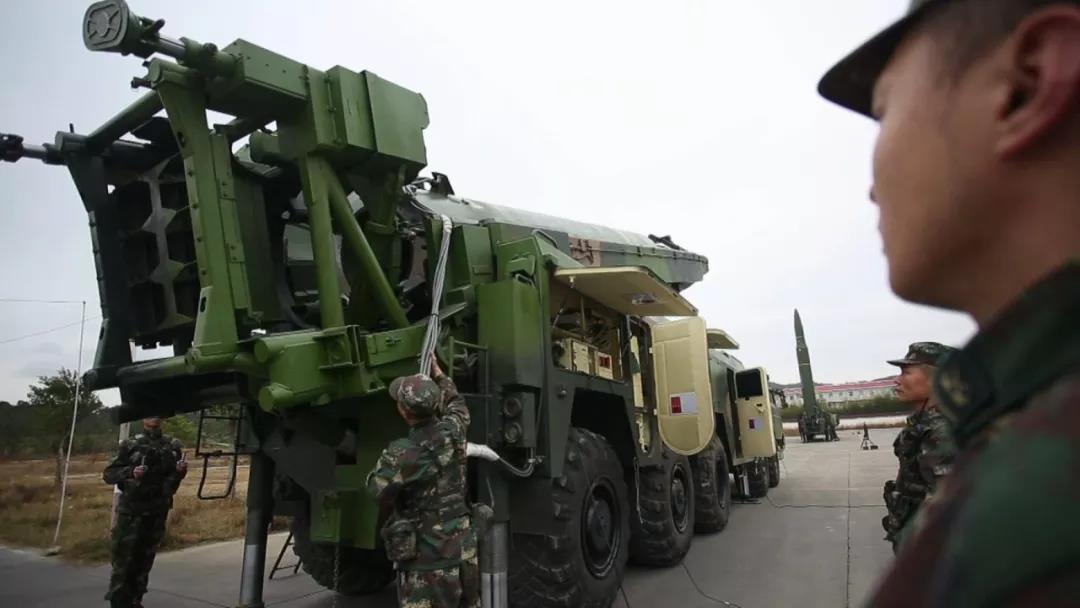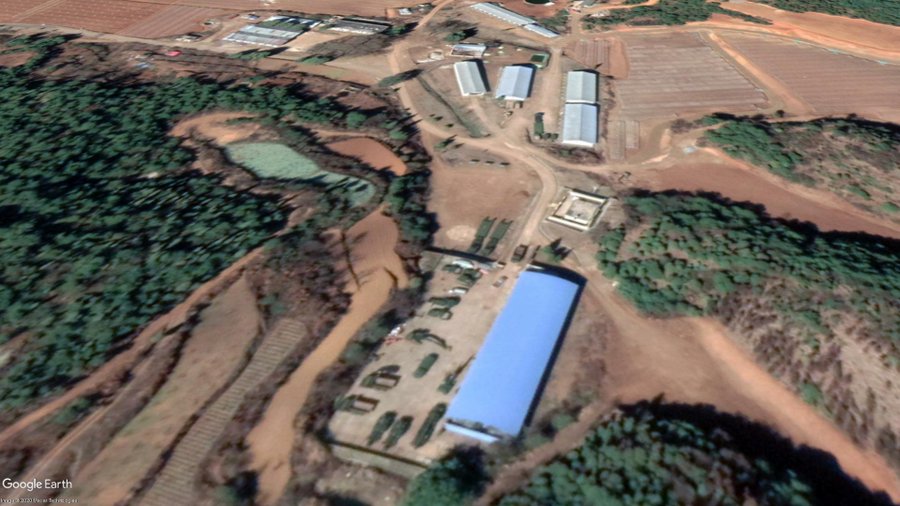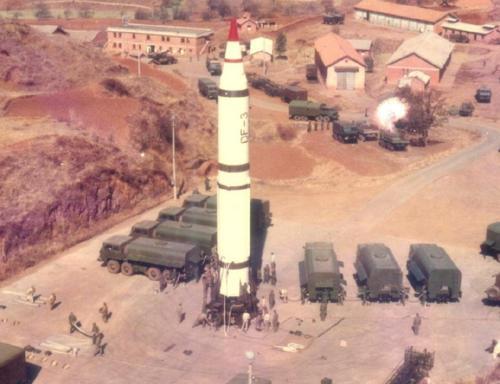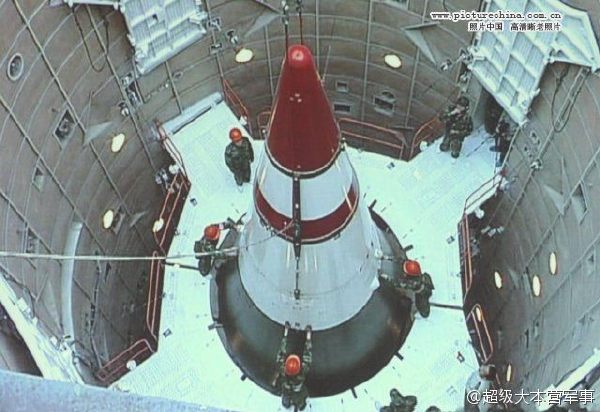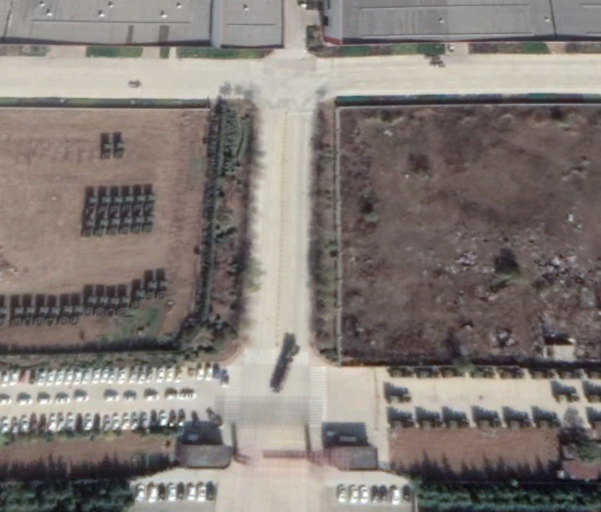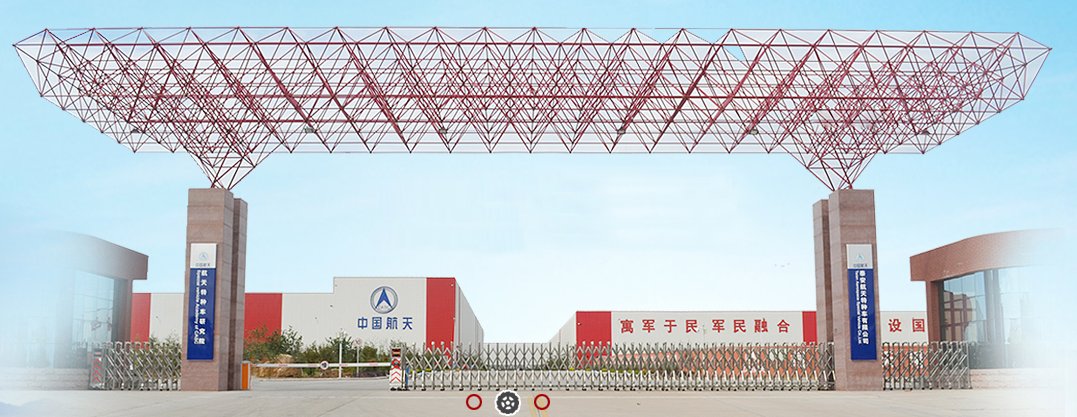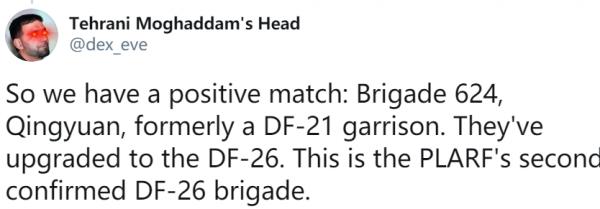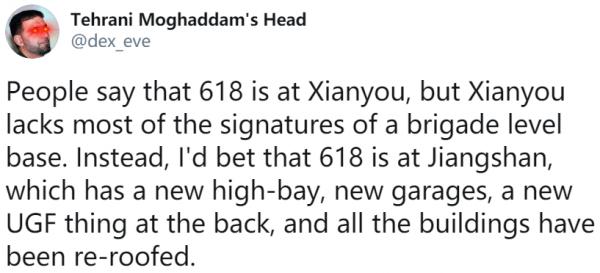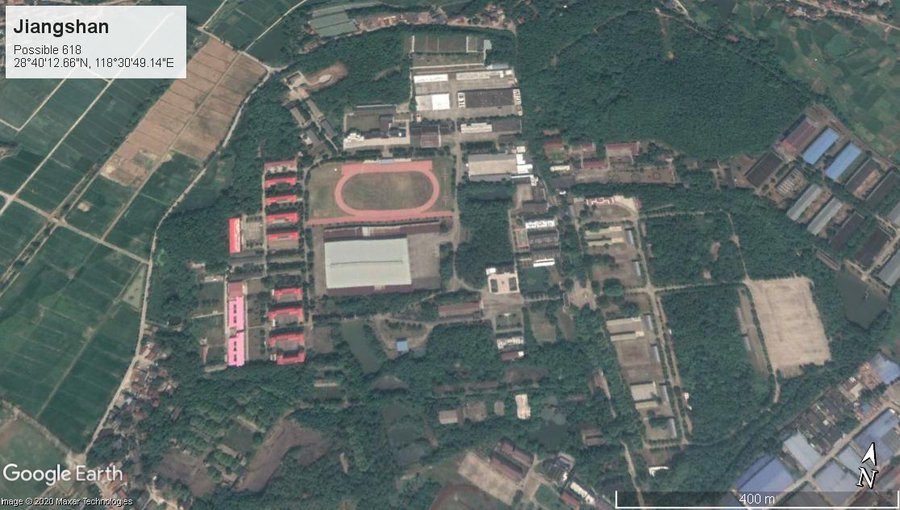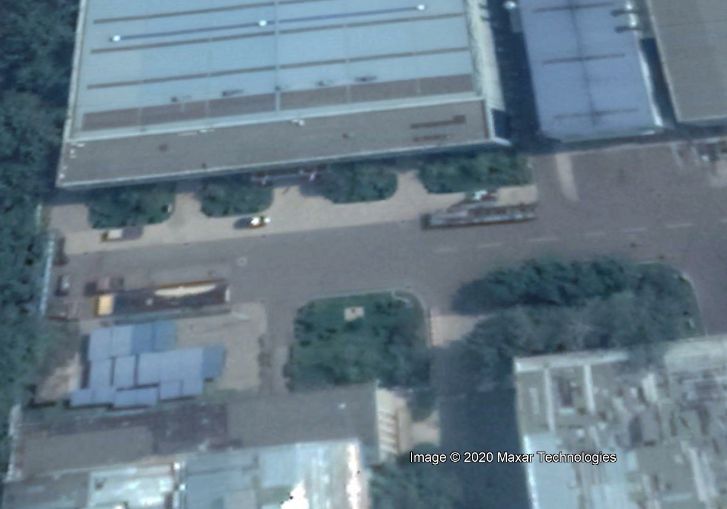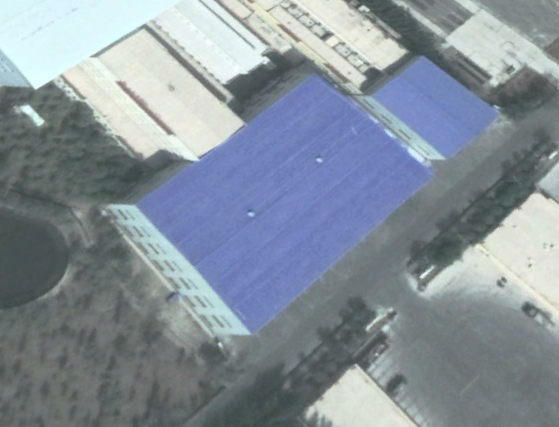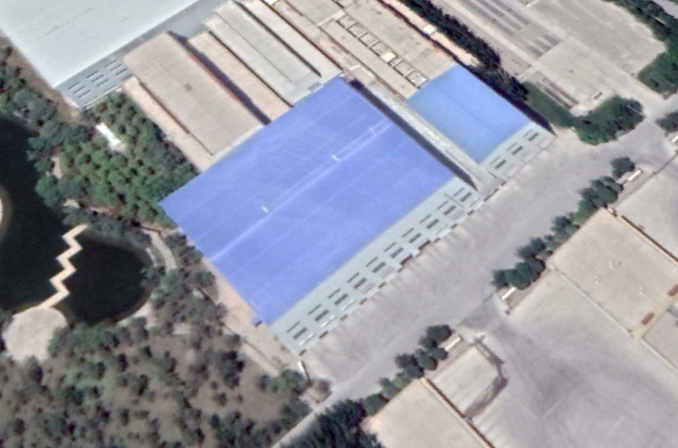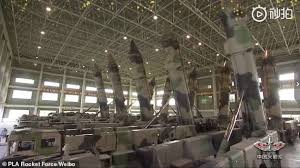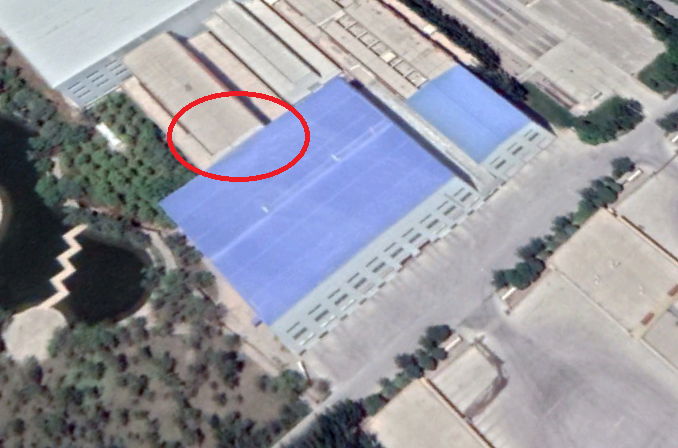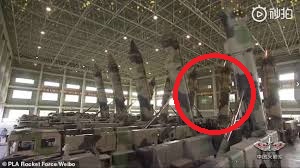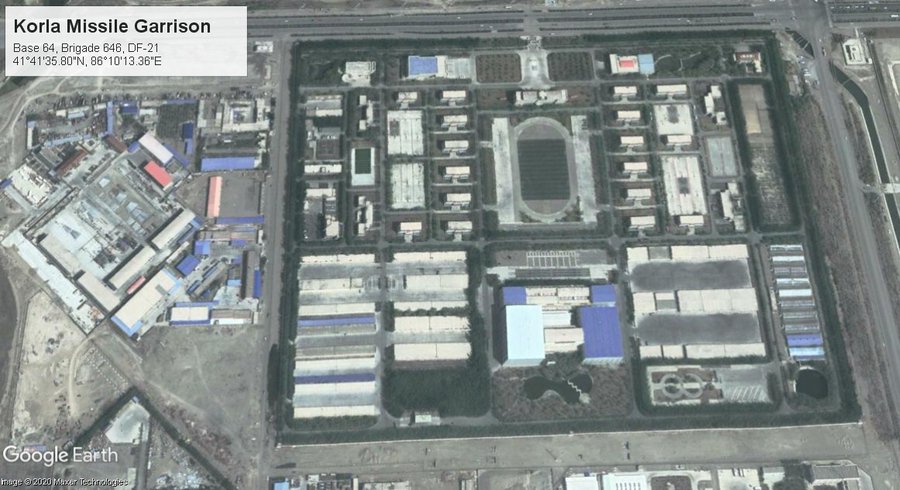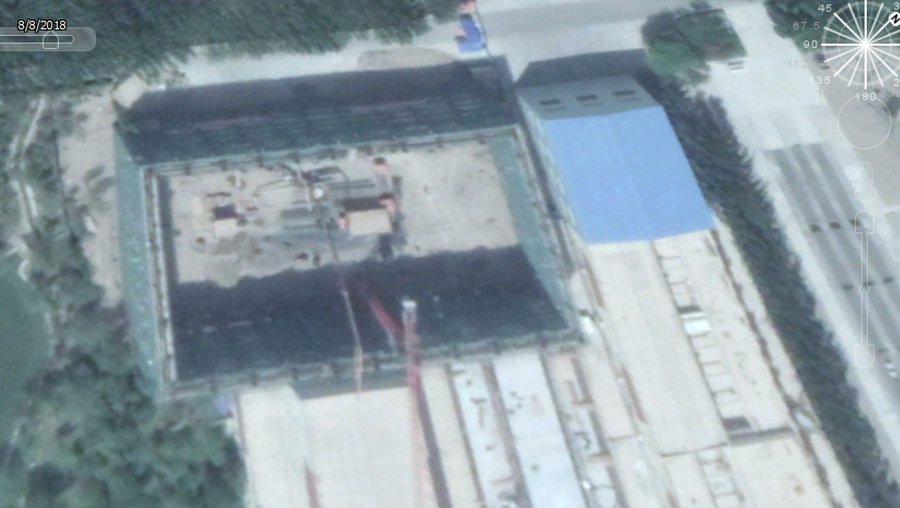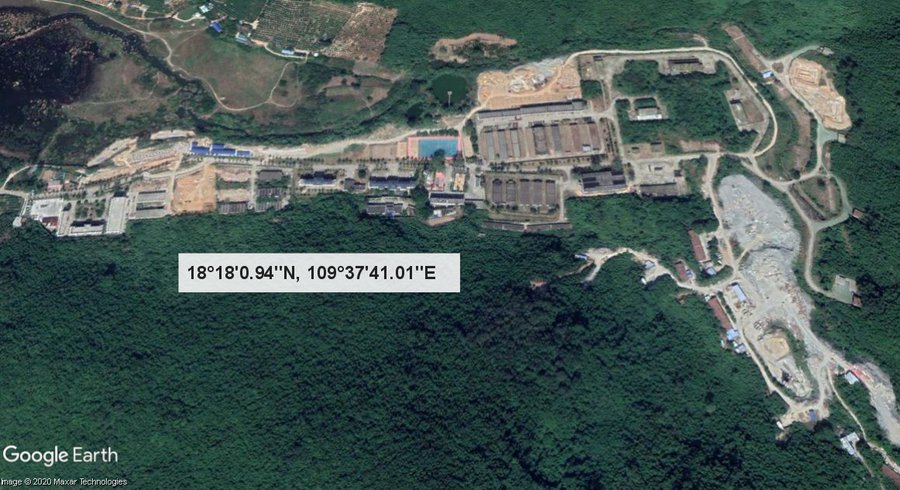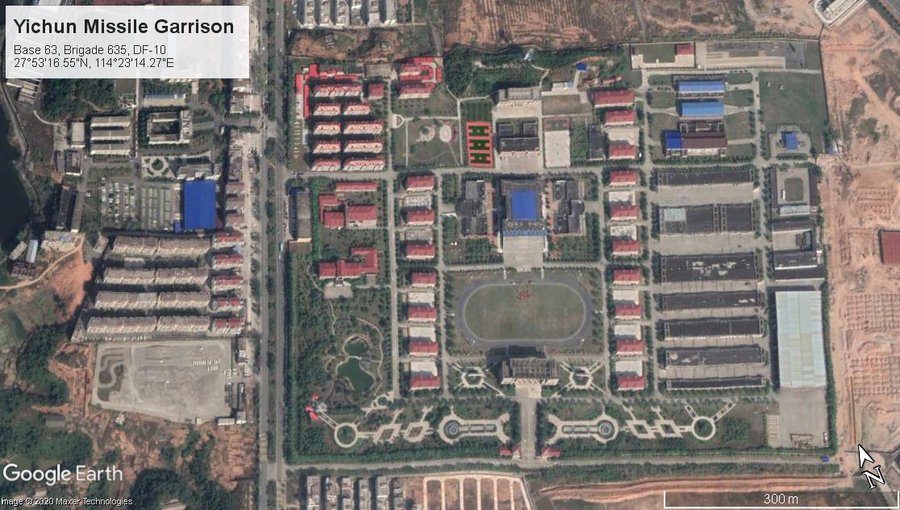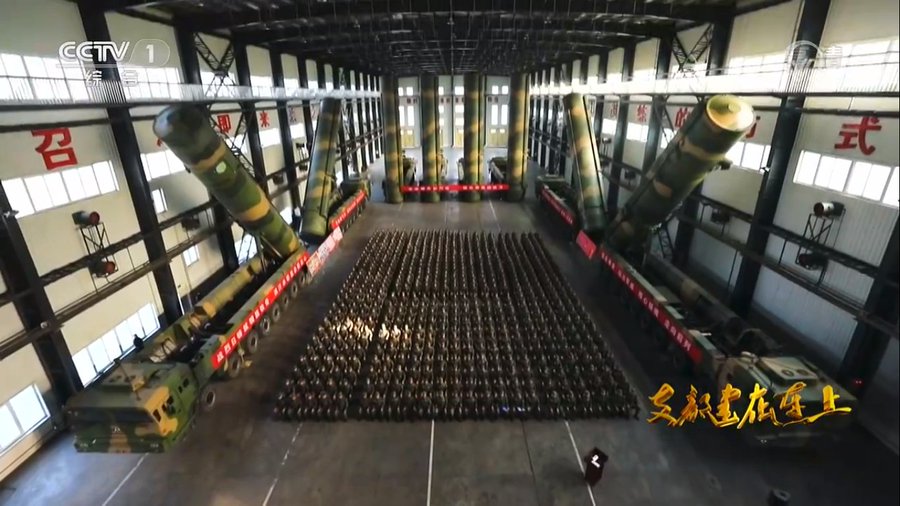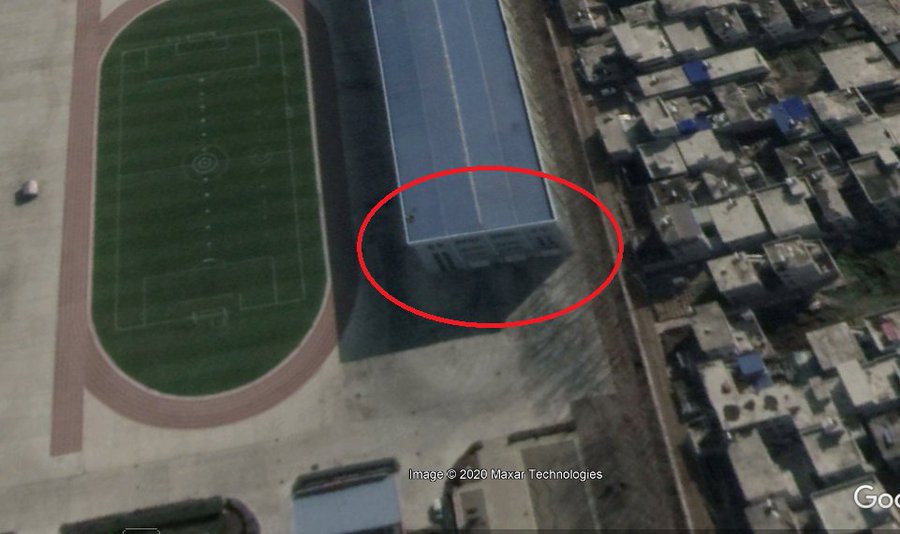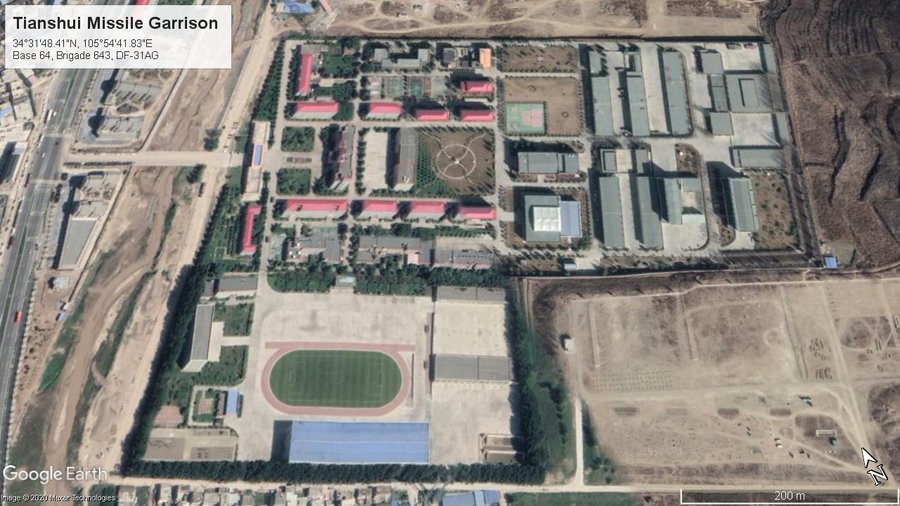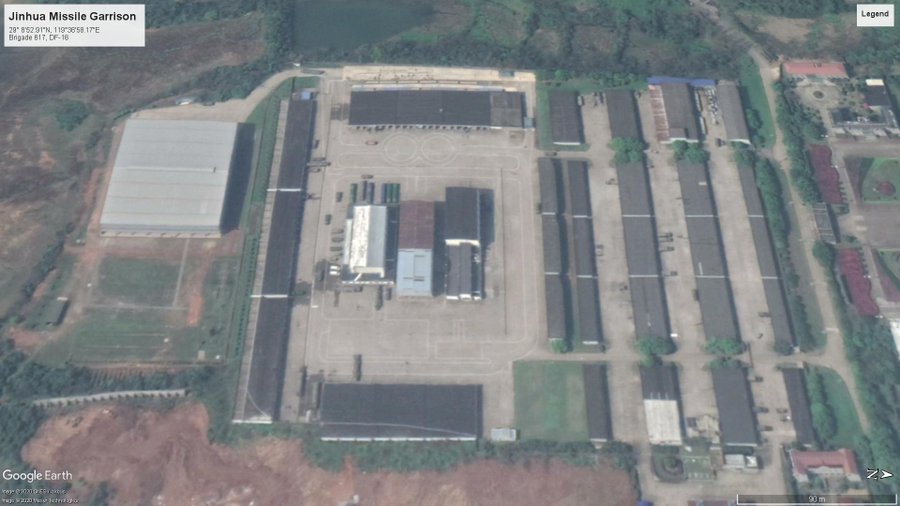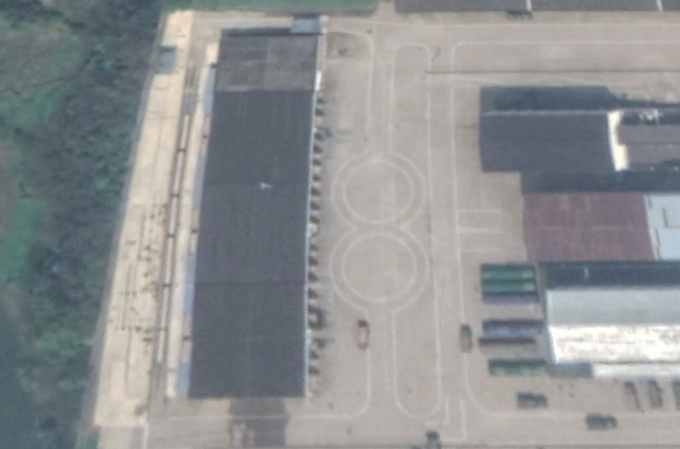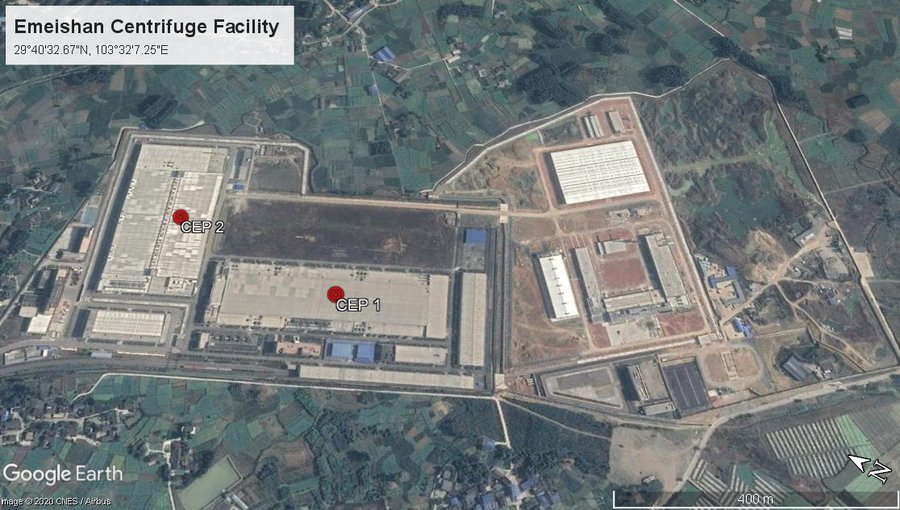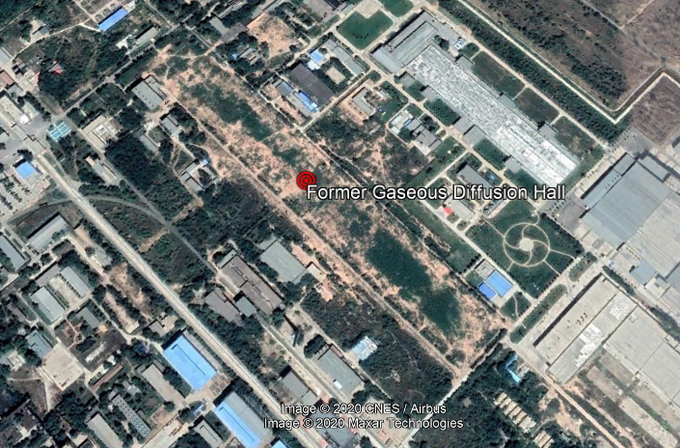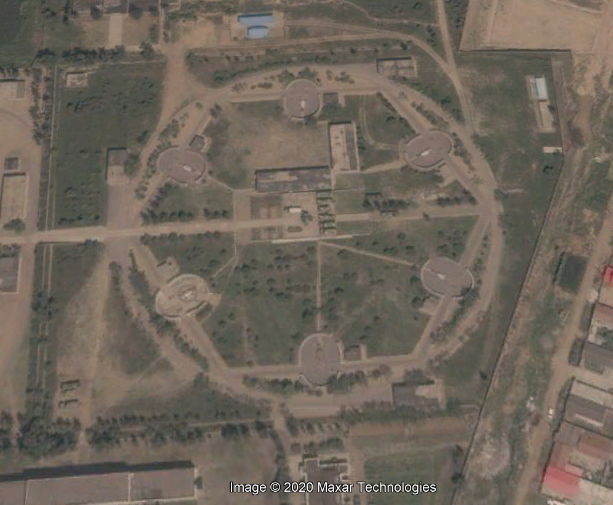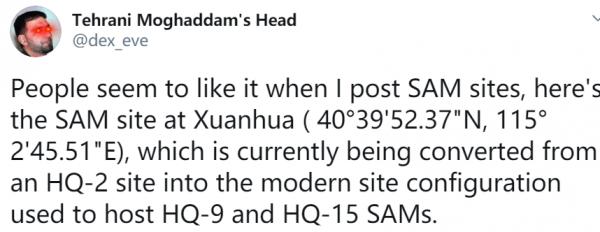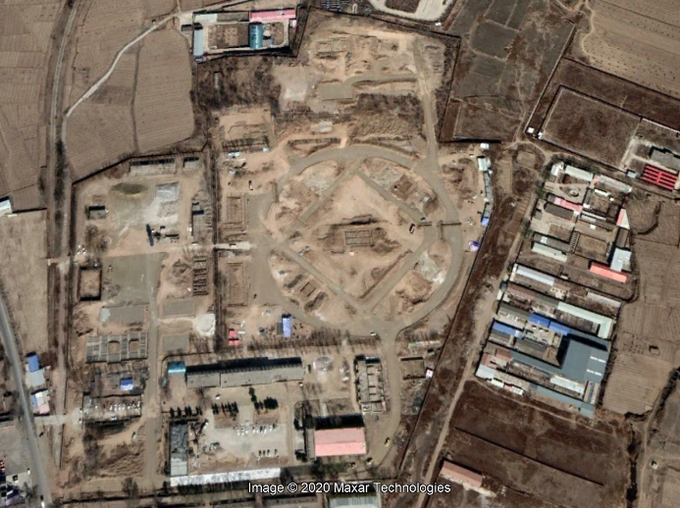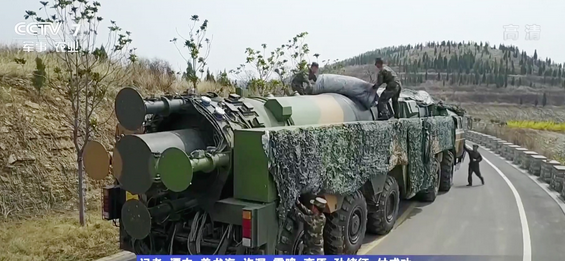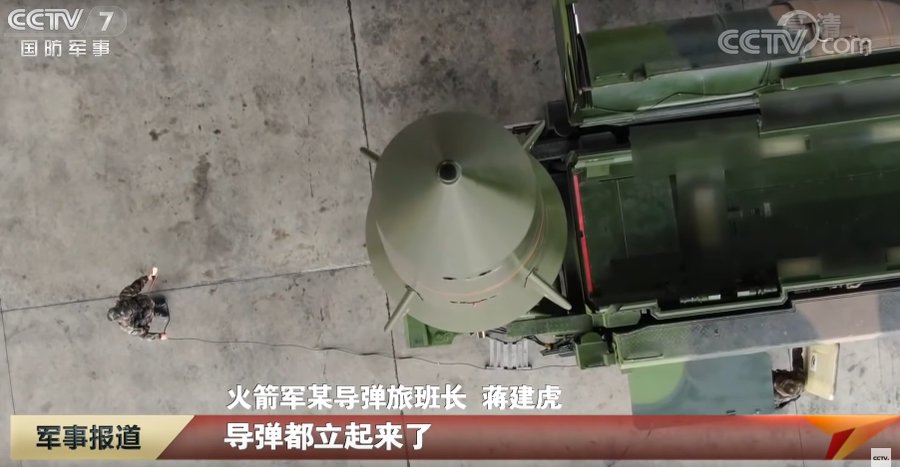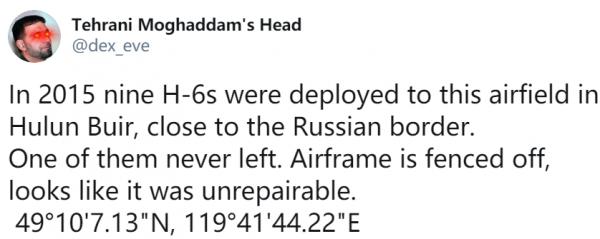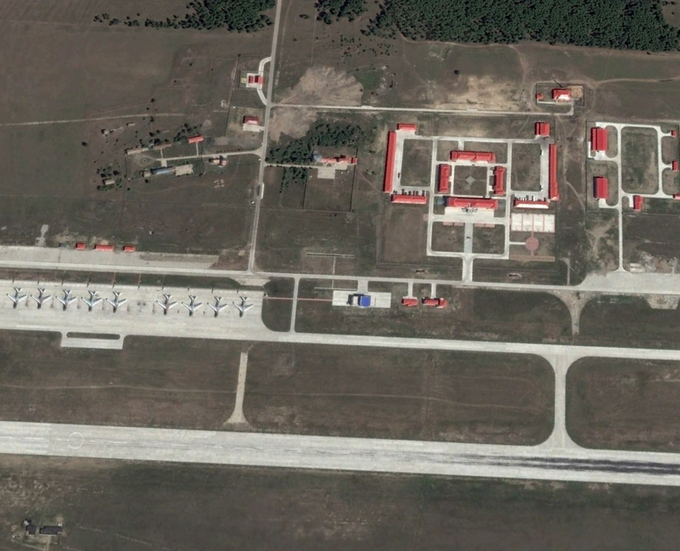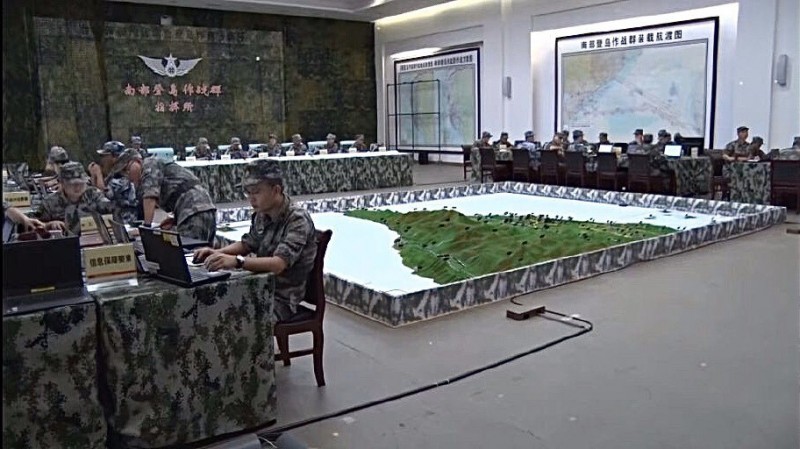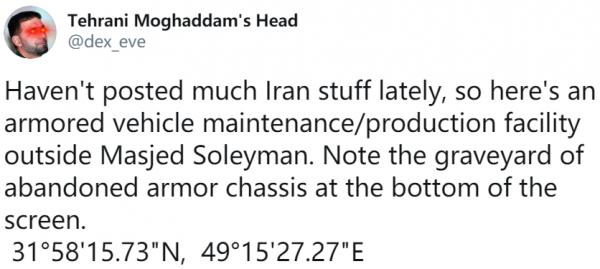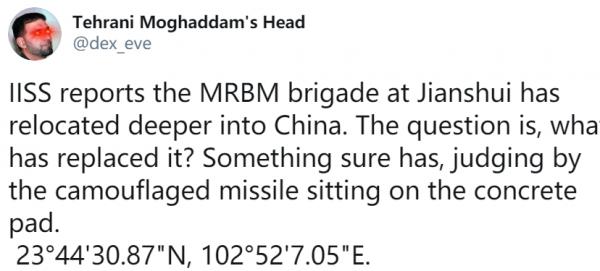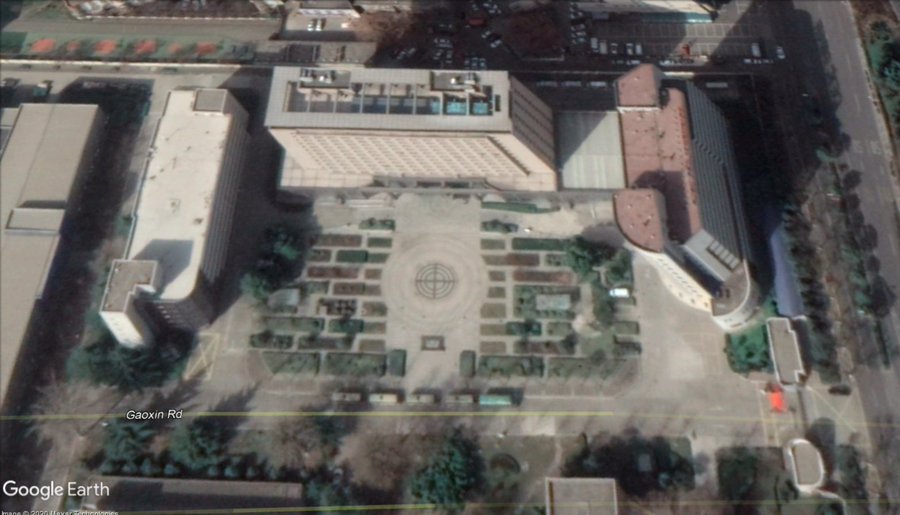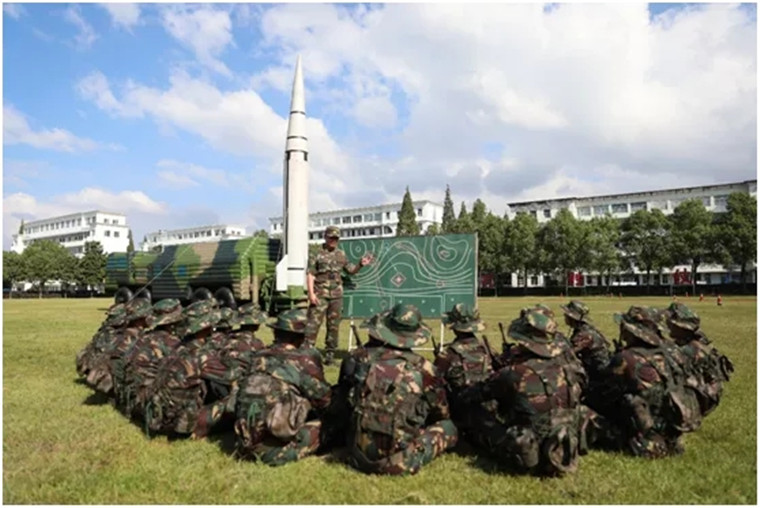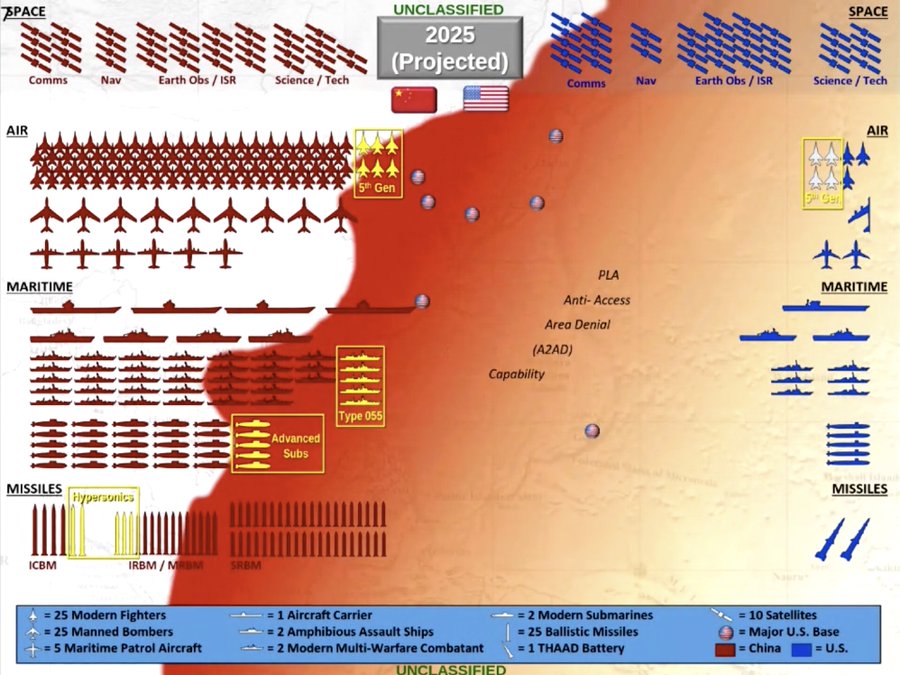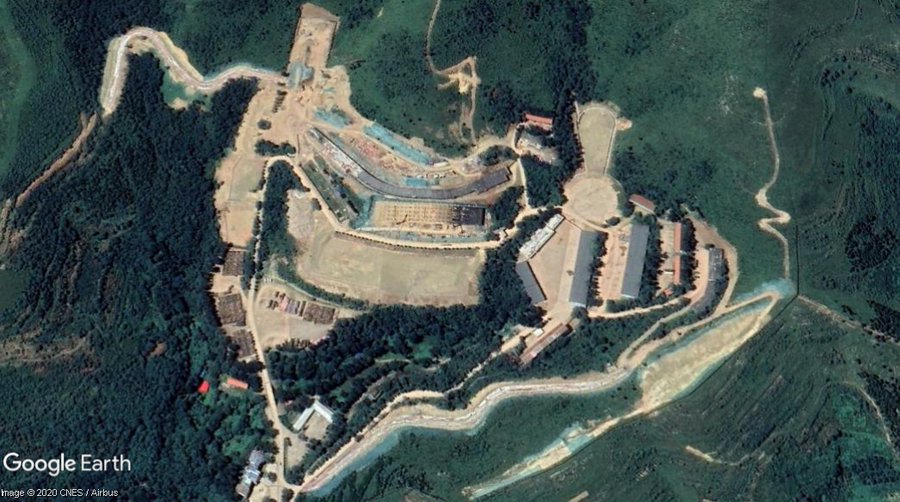There’s a lot of unclear or false information out there about China’s mobile intercontinental missile forces, so I thought I would take the time to clear some of that up and also expand on the publicly available information about these systems. So this article is going to serve as a primer on the current direction of China’s mobile strategic missile modernization as well as detail some interesting information on support equipment and infrastructure. The first segment of this article will detail what we know about the missiles themselves and their organization and equipment. The second segment goes into the related infrastructure relevant to the mobile ICBM force, including brigade garrisons, garages, and production.
The People’s Liberation Army Rocket Force (PLARF) is currently modernizing its intercontinental ballistic missile forces with two new mobile systems: the new DF-41 ballistic missile and the new DF-31AG transporter-erector-launcher. The DF-31AG is thought to currently be in service with three brigades. The DF-41 is thought to be out of development but has not yet moved into Operational Testing and Evaluation (OT&E). The DF-41’s OT&E brigade has been identified and will be finished next year at the very latest. This article will cover all we currently know about the fielding and infrastructure of the DF-31 and DF-41 systems, starting with the DF-31 family, currently China’s only fielded mobile intercontinental ballistic missile.
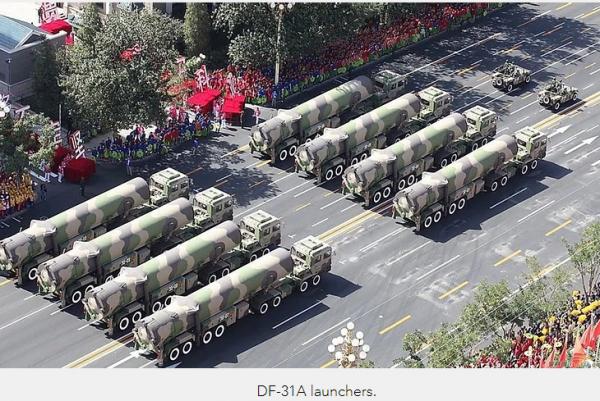
DF-31A launchers.
The DF-31 is a three-stage, solid-fueled ICBM. Originally deployed in 2006, the missile is 15.5 meters in length and has a maximum range of 7,000 to 8,000 kilometers, giving it the capacity to hit targets in Southern India and Western Russia. The DF-31 uses a single exposed reentry vehicle to deliver a one-megaton warhead. This original model has since been almost completely replaced by an upgraded version, the DF-31A. This new variant, first deployed in 2007, has a longer first stage and a shorter second stage, but its exact measurements are unknown. The DF-31A also uses a shroud to cover the re-entry vehicle and possible countermeasures, but it is not thought to be able to carry multiple warheads. The DF-31A also has an improved range of around 11,000 to 12,000 kilometers. This makes it the only deployed mobile Rocket Force system capable of hitting the contiguous United States. It should be noted that even with a range of 11,000 to 12,000 kilometers, the basing for the DF-31A in central China prohibits it from hitting the entire United States. Still, the DF-31A is capable of hitting every major city on the West Coast. Striking major targets on the East Coast is left to the DF-5 family of siloed ICBMs which are thought to have a range of around 12,000 to 15,000 kilometers.
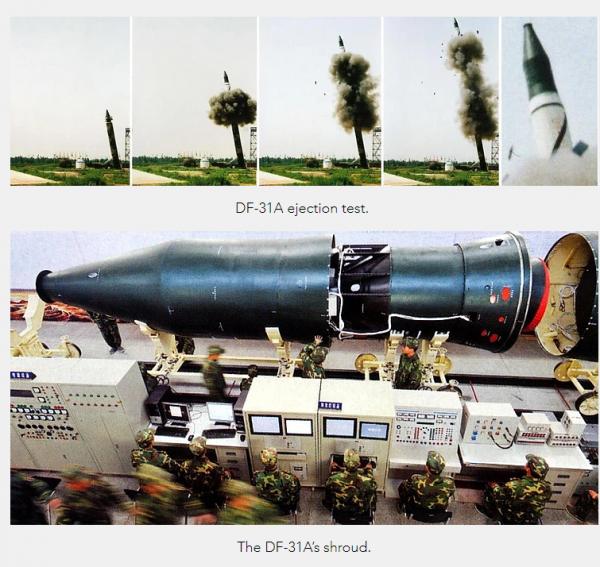
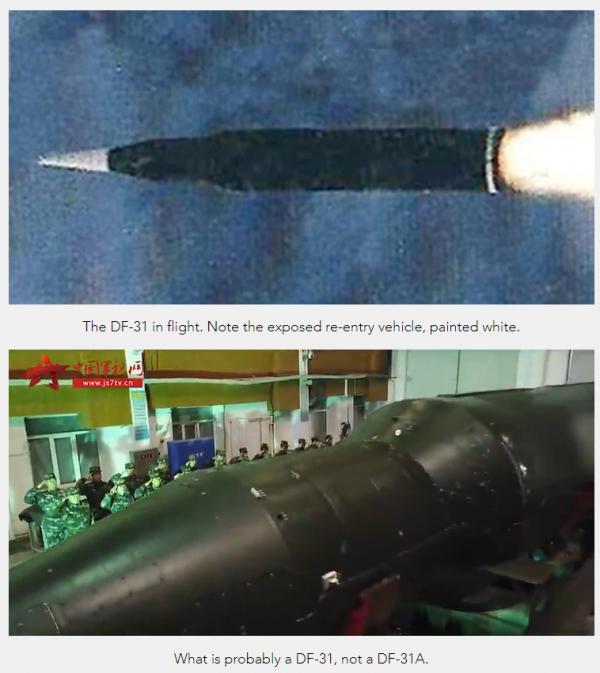

The DF-31 follows on the development of the DF-21, the land-based version of the JL-1, China’s first submarine-launched ballistic missile (SLBM). Like the JL-1 and similar SLBM designs, the DF-31 family is cold launched, being propelled out of its canister by explosive charges before the first stage ignites. This is the same launch method that is used by the DF-26 and DF-41.
How to tell the difference between a cold-launched and hot-launched system: hot-launched systems are launched from firing tables (like on this DF-11, left), which serve as stands that help right and orient the missile, and uses flame-ducts to ensure the missile’s exhaust doesn’t fry the missile as it ignites at ground-level. Cold-launch missile canisters do not have vents (like on this DF-31A, right), as the missile does not ignite inside.

DF-26 cold launch.
While the DF-31A is an upgrade to the DF-31, it has not as of yet entirely replaced the DF-31. As of 2017, 5-10 DF-31 launchers are still in service according to the latest National Air and Space Intelligence Center Ballistic and Cruise Missile Threat report. Considering that some of the original DF-31 brigades only had or have six launchers per brigade (many of these brigades have been expanded to host twelve launchers, and that is something discussed in more depth in later) it's possible that this number was produced by identifying the remaining DF-31 brigade(s) and then measuring the number of garages in place to estimate launcher size. Datong (642) is a possible candidate for the remaining DF-31 brigade, as it has ten garage spots capable of hosting a DF-31 launcher and cannot accommodate a full twelve launcher set. Most of the other brigades have been confirmed at this point to be equipped with the DF-31A, and all of them have twelve launchers.
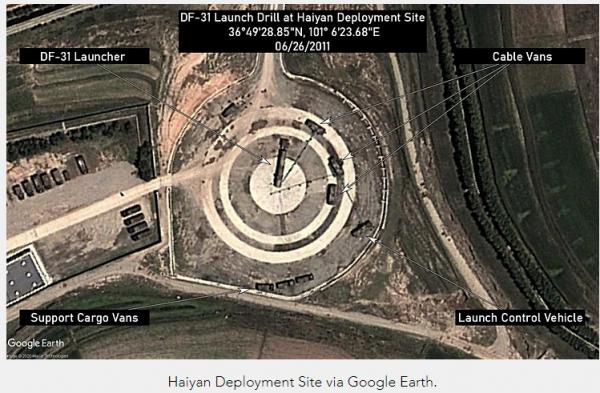
Haiyan Deployment Site via Google Earth.
The DF-31 missile family had slightly different support equipment, but their functions are practically identical. A DF-31 family launcher and its support vehicles constitute a single company. A single DF-31 or DF-31A launcher company consists of nine support vehicles: one Dongfeng EQ2050 Humvee copy, three support cargo trucks, three cable vans, one launch control vehicle, and one company command vehicle. There is also a brigade command vehicle that oversees all the launch companies and directs the mission. The most distinct feature of the DF-31’s support entourage are the cable vans used to transport the vast amount of cabling needed to launch an ICBM.
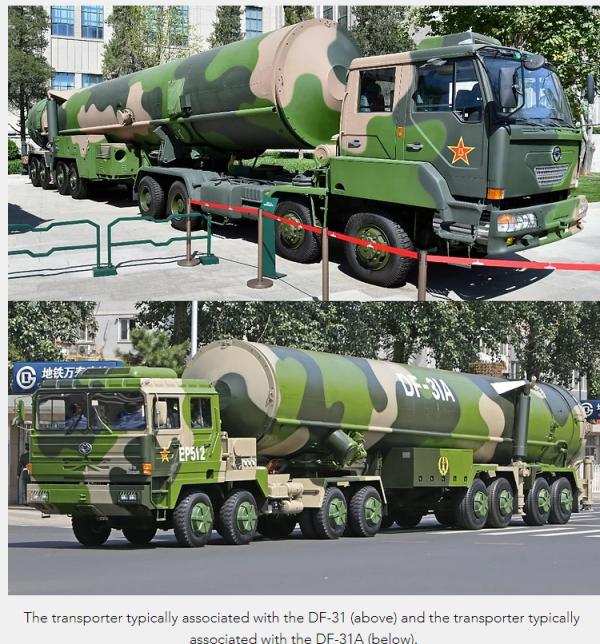
The transporter typically associated with the DF-31 (above) and the transporter typically associated with the DF-31A (below).
The DF-31 missile canister sits on a semi-trailer propelled by a Hanyang HY4301 tractor truck. This tractor-trailer configuration, in which the truck cab is not permanently integrated with the canister trailer, is referred to as a mobile-erector-launcher or MEL. This is to distinguish it from the integrated transporter-erector launcher or TEL configuration, where a single heavy vehicle carries the missile onboard with no trailer. The DF-31A uses an upgraded Hanyang HY4330 MEL and several improved support vehicles. The cable vans used by the DF-31 were originally old civilian buses with the seats torn out and replaced with cable spools. The DF-31A uses trucks built for the purpose of carrying the cabling instead. The rest of the support equipment appears to be largely the same. While we have consistently seen Chinese media describe units using the new MEL and new cable trucks to be DF-31A brigades, the possibility that the DF-31 and DF-31A variants mix support equipment cannot be ruled out.
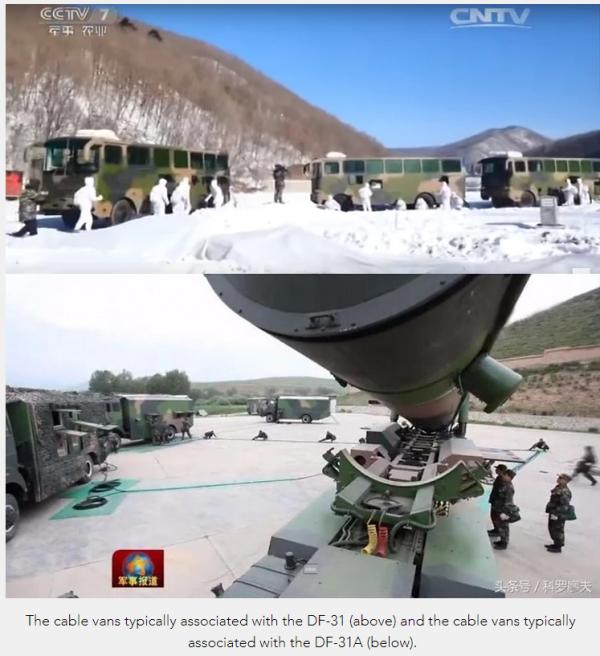
The cable vans typically associated with the DF-31 (above) and the cable vans typically associated with the DF-31A (below).
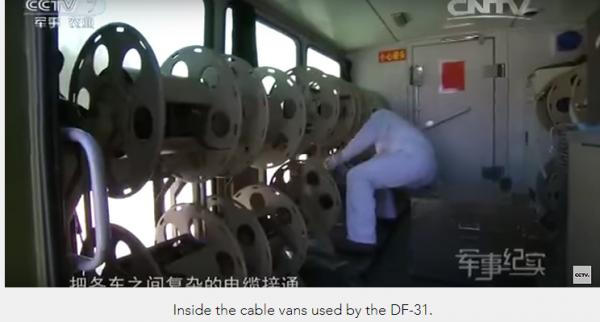
Inside the cable vans used by the DF-31.
Recently, the PLARF has been rolling out a mobility upgrade for the DF-31A, the DF-31AG. First unveiled in 2017, the AG carries the same DF-31A missile, but trades in its MEL with a TEL, known as the HTF5980B, manufactured by Tai’an Special Vehicle. When testing of the DF-31AG was originally reported, the DF-31AG was referred to as the DF-31B. Such a designation would imply changes to the missile or payload. When the system was actually paraded however, it was referred to as the DF-31AG, as the missile is the same (A) with a mobility upgrade (G). Bill Gertz later clarified his original reporting to specify that the DF-31AG is what was being tested, not a DF-31B.

DF-31AG as seen during the 2019 National Day Parade.
While the DF-31AG does not offer any increased capacity in terms of its missile or payload, the new TEL offers several advantages in terms of its mobility. The major disadvantage with the MELs used by the DF-31 and DF-31A was that the MEL was limited to launching from paved roads or prepared launch sites due to its complete lack of off-road mobility. The DF-31AG TEL gives the system an off-road capacity that allows the Rocket Force to deploy and launch from a much wider variety of locations. This might translate to the DF-31AG TEL having a range advantage over the DF-31A MEL. If the DF-31AG were launched from exercise positions in the Gobi desert, the system would be able to strike more targets on the East Coast of the United States.
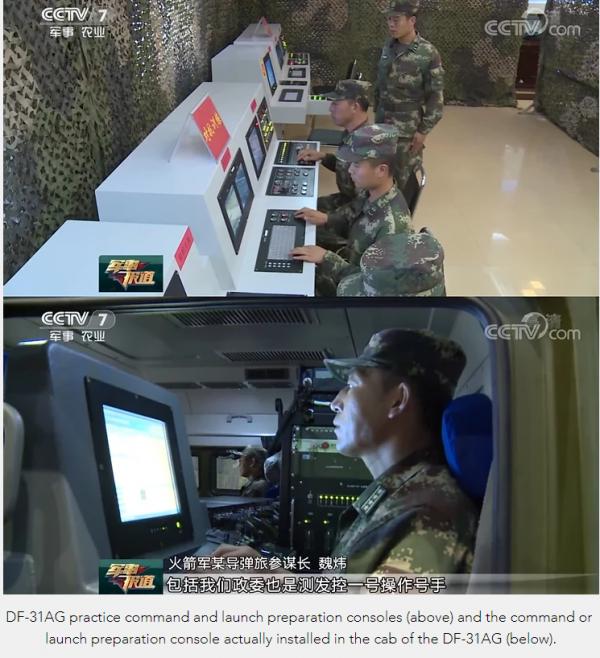
DF-31AG practice command and launch preparation consoles (above) and the command or launch preparation console actually installed in the cab of the DF-31AG (below).
The DF-31AG appears to share much of the same support equipment as the DF-31A, with the possible exception of some of the support vehicles being equipped with off-road tires. The largest change comes from the cab of the TEL. The previous MEL trucks were not capable of storing launch and command equipment inside their cabs. The DF-31AG cabs, like the one seen above, are capable of storing this equipment. It is probable that this equipment placement has replaced the company command vehicle. It should be noted that while this equipment is inside the cab, the crew never launches the missile while inside. All PLARF missile systems are equipped with portable launch consoles so that the missile can be fired while the crew is at a safe distance.
We’ve seen a pretty rapid uptick in the number of DF-31AG brigades in recent years. Two brigades have so far been upgraded from the DF-31A to the DF-31AG, and a third brigade is a completely new formation.
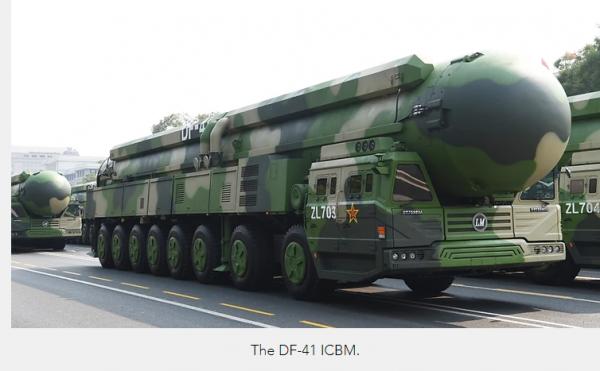
The DF-41 ICBM.
Little is confirmed about the PRC’s “next-generation” ICBM, the DF-41. Like the DF-31AG, it also rests on an HTF5980 chassis, but a different variant of it called the HTF5980A. The major difference between the TELs themselves is the split cab used by the DF-41 to accommodate the much larger missile canister. A completely new missile, the DF-41 is reported to have an increased range of 12,000 kilometers to 15,000 kilometers and by some reports be multiple-independent-reentry-vehicle (MIRV) capable, with the capacity to carry multiple warheads. Chinese media commonly says that the DF-41 is capable of carrying ten warheads. This is almost certainly false, especially in light of what we know about the size and shape of Chinese warheads. It's possible that the DF-41 is MIRVed, but packing more than three warheads inside its shroud would require some incredibly intensive miniaturization. It is, however, believable that the PRC is pursuing a MIRV option given its range class and probable role. The only target the Rocket Force could be intending to hit with a 12,000+ kilometer range missile is the East Coast of the United States. Given the United States’ investment in missile defenses, a MIRV option and/or the development of countermeasures would be an expected response by the PRC.
During the 2019 National Day Parade, China paraded sixteen DF-41 TELs from two brigades. If DF-41 brigades have the same number of launchers that DF-31 brigades are equipped with, each DF-41 brigade will have twelve launchers. Two brigades should bring us to a total of twenty-four launchers. The OT&E brigade for the DF-41 has already been identified as Hanzhong (644). The other brigade garrison has not been built, and probably won’t be deployed for some time. The standard operation of the PLARF when it comes to new systems is for the system to undergo OT&E at a single unit before additional units are deployed.
Now that we have a good overview of these systems, we can start tackling the associated infrastructure for these missile systems. There are two key pieces of information that we can use to track how new systems will be deployed: we can monitor production sites and keep track of infrastructure at certain garrisons. By using both, we can put together a rough picture of DF-31AG deployments and what future ICBM brigades will probably look like.
Both the DF-31AG and DF-41 sit on the same chassis, the eight-axle HTF5980, which is manufactured by Tai’an Special Vehicle. A government-owned company that manufactures a variety of TELs for the PRC military and the PRC’s space industry, Tai’an is responsible for both chassis assembly and final launcher assembly of the DF-31AG. It is also responsible for chassis construction of the HTF5680A1, the TEL used by the DF-26 IRBM. However, the final launcher assembly of the DF-26 occurs at Third Academy’s 159 Factory, also known as the Beijing Xinghang Electromechanical Equipment Factory, in Fangshan, near Beijing. DF-26 launchers have also been spotted at Factory 159 in Changzhi ( 36° 9'33.67"N, 113° 7'16.91"E). Because the DF-31AG and the DF-41 share the same chassis, the DF-41 may also be made at Tai’an, but so far no DF-41 launchers have appeared on satellite imagery. Final assembly might happen elsewhere after the chassis are produced, as is the case with the DF-26. Monitoring Tai’an Special Vehicle is one way we can measure the development and deployment of missile systems. Google Earth imagery from earlier this year has shown a new set of DF-31AG launchers being produced. At this point, the launchers have probably already shipped out to their assigned brigade.
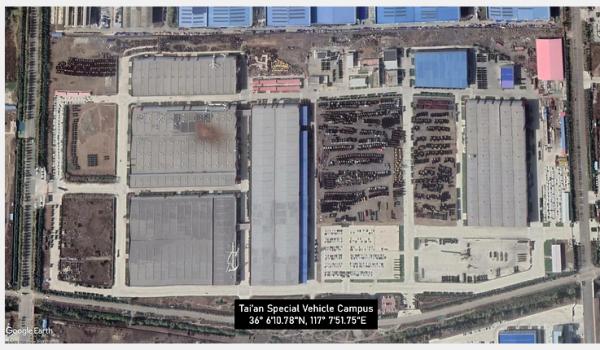
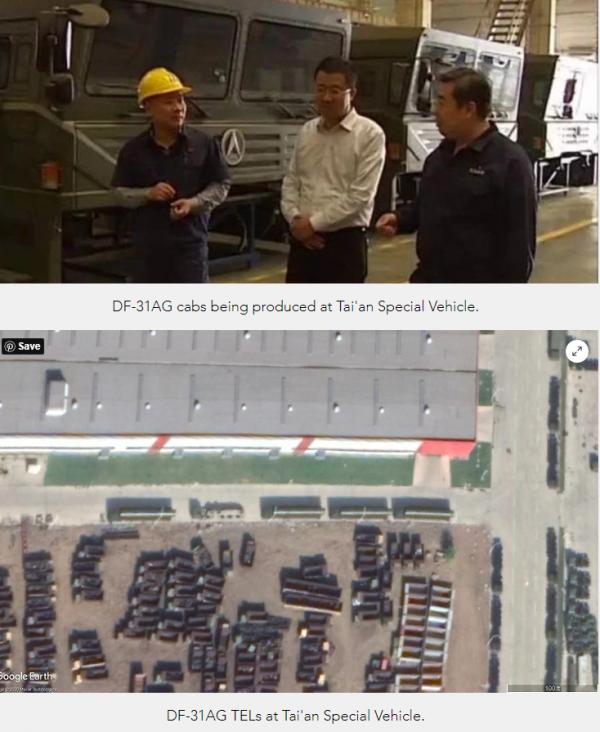
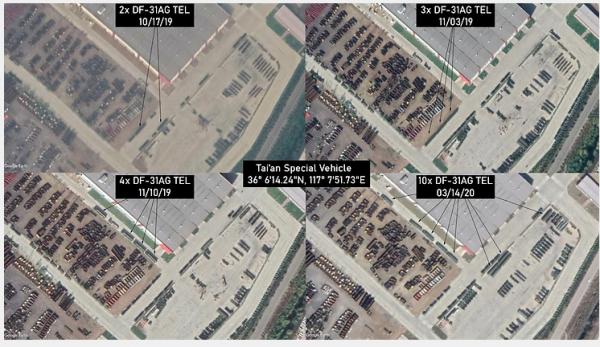
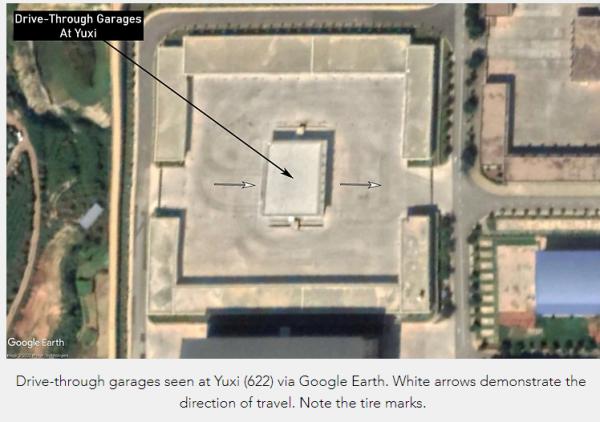

We start to see DF-31AG TELs appear at Tai’an on 10/17/19 when two TELs are visible. On 11/03/19, three TELs are visible. On 11/10/19, four TELs are visible. Finally, on 03/14/20, ten TELs are visible. As DF-31AG brigades have twelve TELs per brigade, the brigade was almost done by March. This is an important find that allows us to estimate the rate of production of DF-31AG launchers at Tai'an. Given the rate of construction we see at Tai’an, it appears it takes around twenty days to complete a single DF-31AG launcher. If production occurs at this steady rate, it takes Tai’an Special Vehicle around eight to nine months to complete a single brigade’s worth of DF-31AGs. Adding this brigade to the number of launchers already deployed puts the number of DF-31AG launchers at 48 or more, as three brigades worth of DF-31AGs are already deployed at Tianshui (643), Shaoyang (632), and Luoyang (664). This will be the fourth brigade.
Another way we can estimate the deployment of new missile systems in the PRC is by examining their brigade garrisons. DF-31 brigades have a clear signature because the DF-31 has previously used a MEL for transportation. Unlike a TEL, a MEL has the canister sitting on a trailer that can be disconnected from the tractor. This design configuration has several drawbacks in terms of its mobility. In addition to being restricted to paved roads as it has no offroad capacity whatsoever, the MEL requires a unique garage pattern that is easily spotted on satellite imagery. These garages are open at both ends, allowing the driver to drive the vehicle right through the garage and out the other end. This layout allows the PLARF to park their large trailer-hitched MELs without having to unhitch or reverse their trailers. These drive-through garages are unique to the DF-31 and its variants, but it should be noted that not all DF-31 garrisons have them. Hancheng (641) and Luoyang (664) do not have drive-through garages, as both these facilities were not originally designed as brigade installations.

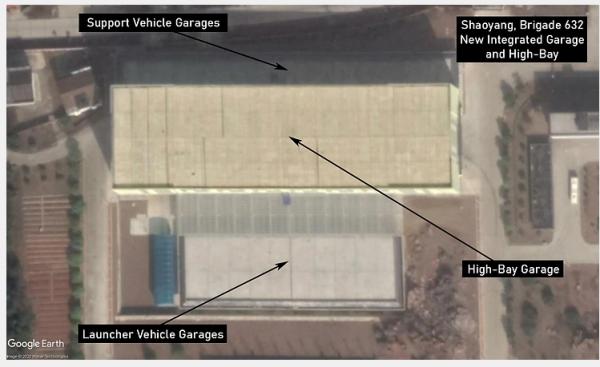
Drive-through garages seen at Yuxi (622) via Google Earth. White arrows demonstrate the direction of travel. Note the tire marks.
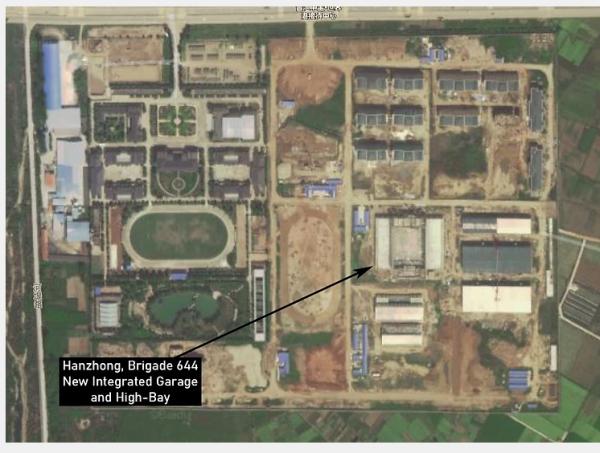
An important note is that many of the DF-31 brigades have had infrastructure upgrades over the past ten years that effectively double their capacity to house launchers and support vehicles. Yuxi, below, is probably the clearest example of this. Out of a total of seven confirmed DF-31 brigades, four have so far been upgraded like this, and Luoyang is believed to have a full set of twelve launchers as well. This brings the total number of deployed DF-31 launchers to around seventy-two.
For the DF-31AG however, the PLARF does not appear to prefer a drive-through garage configuration for the system when they need to build more garage space. PLARF personnel linked to Brigade 632 in Shaoyang have been seen with DF-31AG TELs. At Shaoyang garrison itself (seen below), the Rocket Force has constructed a new garage set - but not a drive-through garage. Instead, the brigade uses launcher garage sets attached to the high-bay, similar to the garages we have seen constructed at DF-21 and DF-26 brigade bases. This launcher garage design is associated only with TEL systems - giving us additional confirmation that Shaoyang has been equipped with the DF-31AG. As the DF-31AG uses a TEL instead of a MEL, it does not need drive-through garages. While this rule will probably apply going forward for new construction, it does not appear to apply to brigades that already have a full set of twelve drive through garages.
This story is repeated at Brigade 644 in Hanzhong, thought to be the future home of the DF-41’s OT&E brigade. Instead of the drive-through garage set up used at DF-31 brigades, the DF-41 also uses the integrated launcher-garage high-bay concept. If this pattern continues, the construction of additional integrated launcher garage and high-bays at ICBM brigades should be taken as a sign that the brigade is upgrading to or will be equipped with the DF-31AG or DF-41. As the DF-31AG and DF-41 are both ICBMs built on the same TEL, they probably share a significant amount of their support equipment, but we have not seen any DF-41 support equipment so far.
The DF-31AG brigade at Tai’an could be destined for an existing DF-31 or DF-31A brigade. Brigade 622 in Yuxi and Brigade 663 in Nanyang are the only two DF-31 brigades not equipped with the DF-31AG that also has space for twelve launchers, so these two would be prime candidates for upgrades. It is also possible that these launchers are earmarked for a new brigade yet to be built. It is not unusual for the PLARF to produce brigade equipment before a suitable brigade garrison is completed. In addition to Hanzhong, the Rocket Force is also building three other new garrisons that might be for ICBM brigades. If the DF-31AG is meant to be a complete replacement of the DF-31 and DF-31A, then it is probable that future DF-31AG TELs will be headed to existing brigades. This would imply that the unbuilt brigades would all have the DF-41. Hopefully, we will see some of these DF-31AG units turn into new brigades, which would keep the total number of warheads down in comparison to a faster deployment of the DF-41 system.
Monitoring production sites and infrastructure construction gives us a set of powerful tools to monitor the expansion of the PLARF. Brigades 641 in Hancheng and Brigade 642 in Datong still only have room for six launchers. If we see their garrisons expanded with the same integrated garage and high-bay we see at Hanzhong and Shaoyang, we can conclude that they will upgrade to the DF-31AG. The PLARF could go several directions with their ICBM force. These monitoring tools would make it possible to predict what path they wish to take in the future.
https://www.aboyandhis.blog/post/china-s-mobile-icbm-brigades-the-df-31-and-df-41












